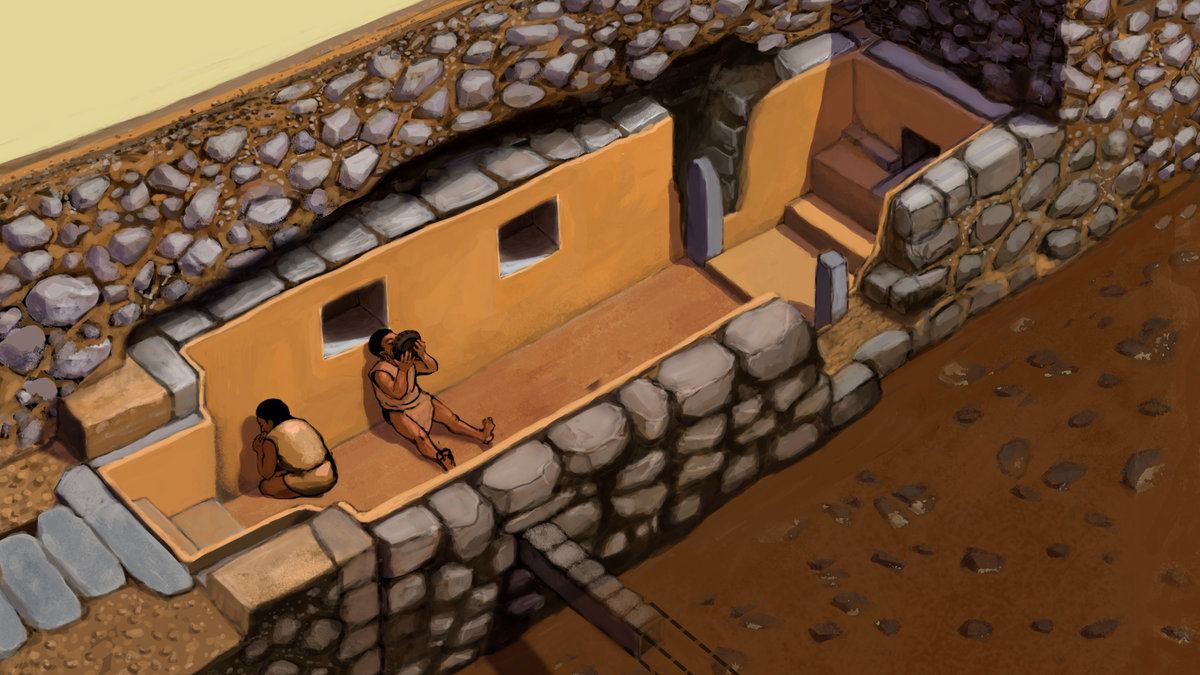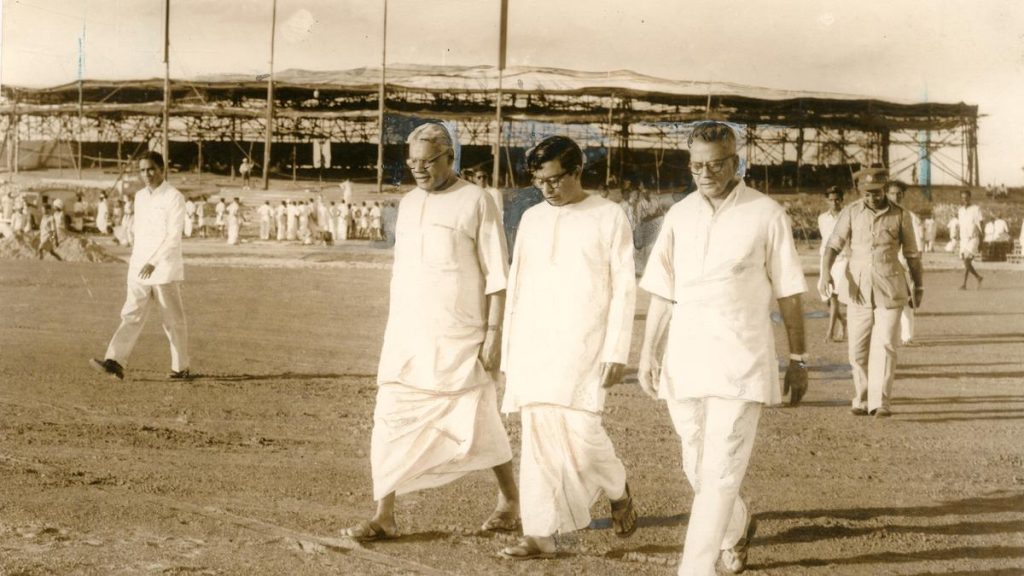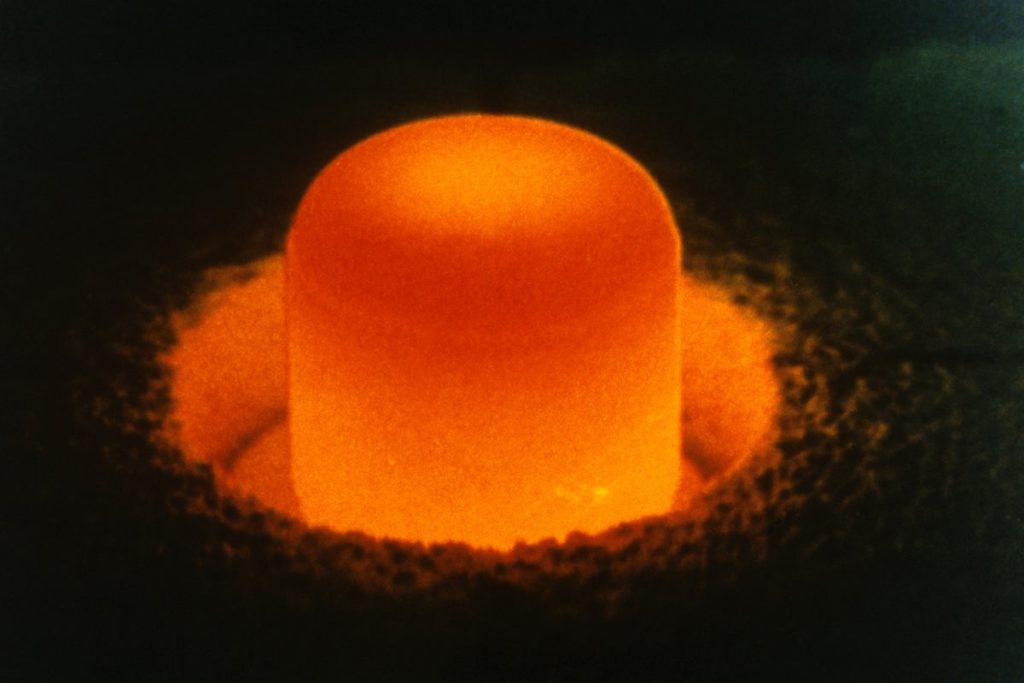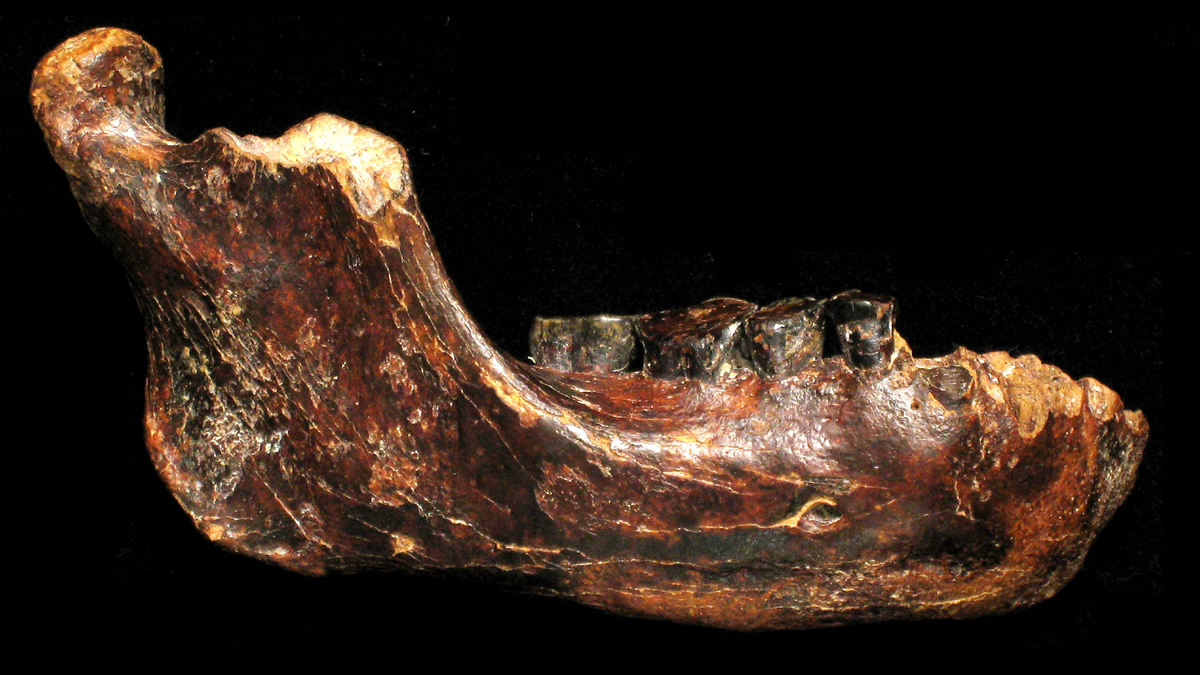Now Reading: Ancient Psychedelic Artifact Trove Unearthed at Pre-Inca Site in Peru
-
01
Ancient Psychedelic Artifact Trove Unearthed at Pre-Inca Site in Peru
Ancient Psychedelic Artifact Trove Unearthed at Pre-Inca Site in Peru

Rapid Summary:
- Archaeologists uncovered a 2,500-year-old secret chamber in Peru at Chavín de Huántar, a pre-Inca ritual site.
- The room contained hollowed bird bones used as “snuff tubes,” containing traces of nicotine (from tobacco) and dimethyltryptamine (DMT), a hallucinogenic compound.
- These artifacts were found in restricted-access galleries used for elite ritualistic practices involving psychoactive substances.
- The study,published in PNAS,revealed that the substances were likely ground into snuff from ingredients such as wild Nicotiana roots and vilca (Anadenanthera colubrina) seeds/leaves.
- Researchers think drug use reinforced social hierarchies by creating exclusive ceremonial experiences for elites. this could justify the inequality seen during the transition from egalitarian societies to hierarchical empires like Tiwanaku, Wari, and Inca.
!Bone tubes against a black background
Indian Opinion Analysis:
The finding highlights how psychoactive substances played a notable role in ancient societal structures globally.It underscores their influence not only on spirituality but also on reinforcing social stratification-a theme relevant when analyzing how rituals shape hierarchies across cultures. For India, where archaeological analysis frequently enough links religion and socio-political structures (e.g., the indus Valley civilization or Vedic rituals), this finding invites reflection on parallels: did exclusive access to sacred practices contribute similarly to Indian power dynamics? Moreover, understanding premodern use of plants for rituals may intersect with India’s rich tradition of medicinal botany and Ayurveda. such global studies enhance insights into how early civilizations engineered beliefs to sustain societal models.

























